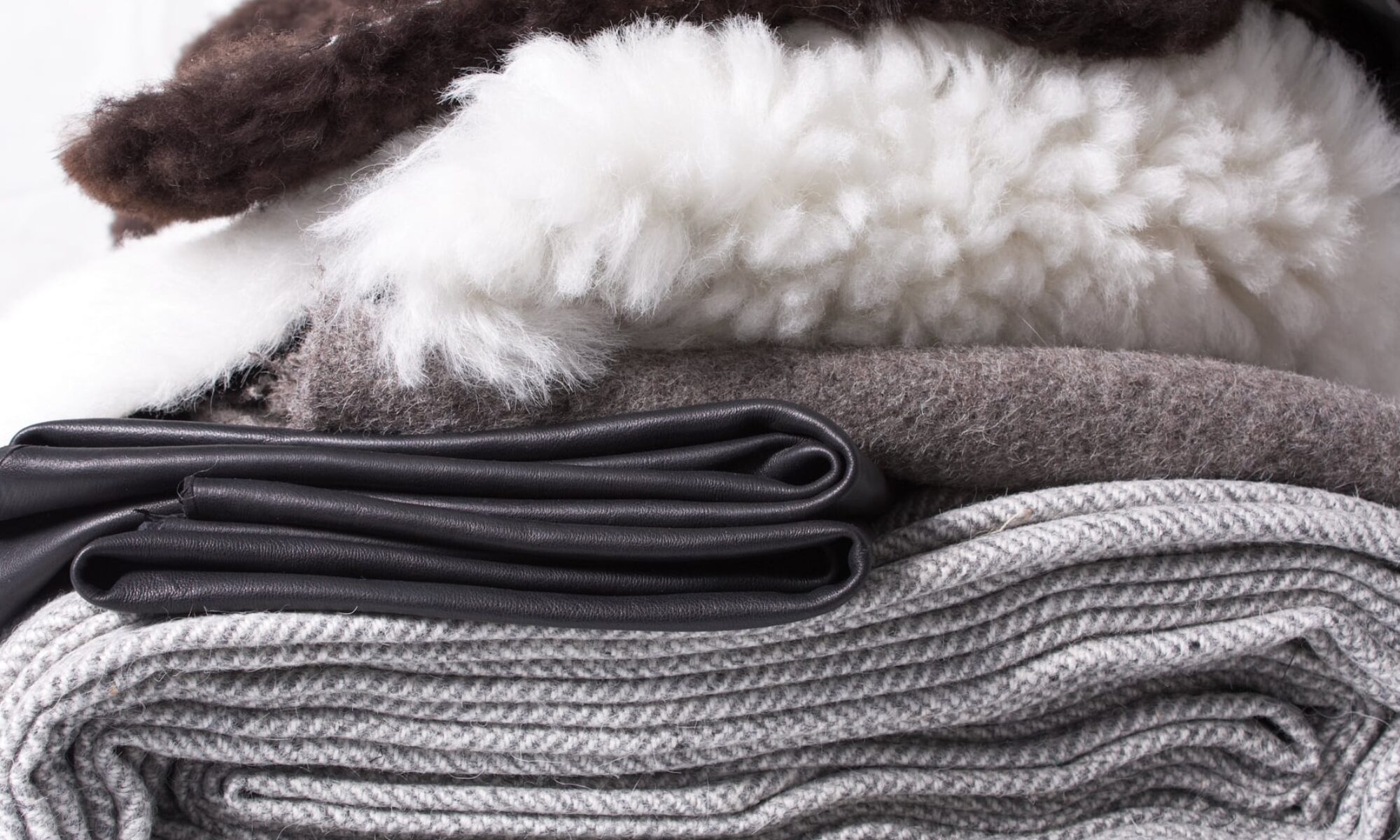Past
Wool and weaving have in many ways been the heart of Icelandic society throughout history. Working with wool was an important part of the lives and culture of the people and a strong tradition for knitting and weaving. Keeping sheep and benefiting from the wool was an important resource for the nation from the settlement to the first half of the last century.
People practiced farming and were mostly self-sufficient in Iceland with most things. The sheep produced more wool than the settlers needed to use themselves and vaðmál (wadmal) became increasingly important in domestic trade. In Northern Europe it was known that hides were used for the same purpose as we now use money. Livestock was therefore the main currency and measure of trade value. But in Iceland wadmal, a woven wool fabric, took over from silver as the main currency in the 11th century used between people. In Grágás, the Icelandic Law book at the time, price units were divided into three categories; wadmal, silver and gold, but with the enactment of the Estate/farm-law (Búalög) around 1100, which dealt with domestic trade, the basic units in the price calculation were silver, wadmal and cows. Cow-value was for many centuries used as a price measure in domestic trade. One cow value was valued at 120 cubits of wadmal and kept its value for centuries. One cubit of wadmal corresponded to a 49 cm long piece and 98 cm wide. The cow was valued at 240 pieces of fish and that valuation was also maintained for a long time. Icelanders could for example use wadmal to pay their property tax or when travelling pay the arrival tax in Norway with it.
This old wadmal was a woven wool fabric which was a bit harsh, dense and usually undyed. Two types of wadmal were made, merchandise wadmal and harbor wadmal, and the former was not as elaborate as the latter one (high quality). The wadmal was also used to make spare coats/furs, which were men’s coats that resembled fur or were made of woolen or ruffles that were spread all over the garment (used as a warm cloak). In many regions in Northern Europe wadmal was and remained the primary fabric for working people’s clothing into the 18th century, it was also used to make bedspreads, tents and sails.
Iceland was the largest producer of wadmal in the North Atlantic and it became to be very important to the country´s trade as the main export. It was a dominant form of legal currency in Iceland – both within Iceland and in the Icelanders’ foreign trade – from the 11th to 17th century. Wadmal´s length, width, thread count, and weight for different grades were fixed by law in Iceland. Producing and selling inadequate wadmal was punishable by law; for instance, in Ljósvetninga Saga, one individual is outlawed for selling wadmal full of holes. Some have argued that given the importance of wadmal in Iceland and the fact that women primarily produced it, that gender relations in Iceland may have been more equal than was previously thought. Making wadmal was making money and this may have provided women with a source of power that was socially understood, as the weavers knew best the differences between good and poor-quality fabric.
Recent
Until the 1990s, the wool industry in Iceland flourished. When the wool industry was at its height, around 1980 to 1985, there was a great growth in the design of products from Icelandic wool and many designers worked in the industry. When the chip came on the market, foreign imports began to replace Icelandic production. As a result, the number of companies in the wool industry decreased from about 50 to 5 today and the number of employees decreased from about 2,000 to about 200.
Today
In Iceland, wool is one of the main products from the homeland. Today, Ístex (Icelandic textile Ltd., owned by sheep farmers) is the only producer of wool ribbons. The company buys the wool directly from farmers across the country, washes it in Blönduós and spins various ribbons in Mosfellsbær. In Iceland, some methods of processing textiles have been better maintained than others. Knitting and crochet are our main processing methods. The weaving is believed to make the textile stronger but, until recently, we were no longer producing woven textiles and the weaving had largely disappeared. The textile production of the wool is therefore rather uniform. The textile and clothing industries are closely linked as they are interdependent. In Iceland it is easy to see what our main textile material is, it is the knitting from wool. Our main fashion designers work a lot with knitting, as they have become a specialty in Icelandic fashion design.

